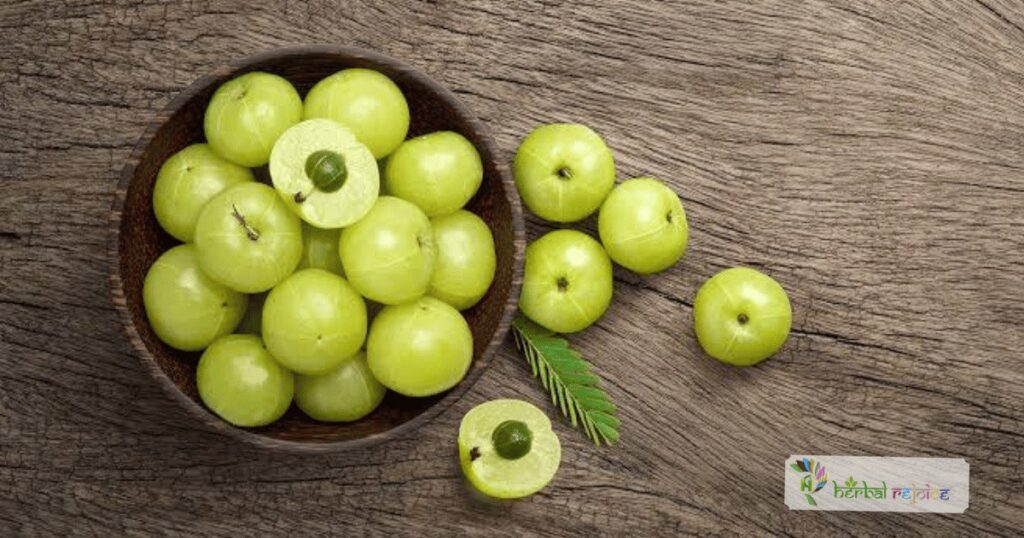Introduction:
Xyris commplanata, also known by its scientific name Xyris anceps, is a herb that belongs to the Xyridaceae family. Native to South India, this herb holds traditional significance in the region and is commonly referred to as “Kochelachi-pullu” in Kerala.
Antiseptic Properties:
The Xyris commplanata herb possesses remarkable antiseptic properties. When the leaves of this herb are bruised and their juice is extracted, dried, and transformed into a powder, it becomes a potent remedy for various skin ailments such as ringworm, itches, leprosy, and other skin diseases.
Uses and Application:
The dried and powdered leaves of Xyris commplanata can be mixed with brandy to create a powerful antiseptic solution. This mixture can be applied topically to the affected areas of the skin. The antiseptic properties of this herb help in combating and preventing the growth of bacteria, fungi, and other pathogens, ensuring the healing and soothing of the skin.

Traditional Significance:
In South India, Xyris commplanata has been used for generations as a popular remedy for skin diseases. Its effectiveness in treating ailments like ringworm, itches, and leprosy has made it a trusted herb in traditional medicine.
Scientific Research:
While traditional uses have established Xyris commplanata as an effective herb, scientific research is still ongoing to understand its mechanisms and potential applications in modern medicine. The antiseptic properties of this herb have piqued the interest of researchers, and studies are being conducted to explore its antibacterial and antifungal activities further.
Conclusion:
Xyris commplanata, known as Kochelachi-pullu in Kerala, is a herb native to South India with remarkable antiseptic properties. The bruised leaves of this herb, when dried and transformed into a powder, can be mixed with brandy to create a potent solution for various skin diseases. Further research is being conducted to explore its potential applications in modern medicine. Xyris commplanata holds great promise as a natural remedy, combining traditional wisdom with scientific advancements in healthcare.
Frequently Asked Questions
Which family does Xyris commplanata belong to?
It belongs to the Xyridaceae family.
Where is Xyris commplanata native to?
Xyris commplanata is native to South India.
What are the traditional uses of Xyris commplanata?
It has been traditionally used for treating skin diseases such as ringworm, itches, and leprosy.
How is Xyris commplanata used as an antiseptic?
The bruised leaves of the herb are dried, powdered, and mixed with brandy to create an antiseptic solution for topical application.
What skin conditions can Xyris commplanata treat?
It is traditionally used to treat ringworm, itches, leprosy, and other skin ailments.
Can Xyris commplanata be used as an antiseptic in modern medicine?
While traditionally used for its antiseptic properties, research is ongoing to explore its full potential in modern medicine.
What makes Xyris commplanata an effective antiseptic?
Its antiseptic properties help combat bacteria, fungi, and pathogens that cause skin infections.
Is Xyris commplanata used in any other forms besides powder?
Traditionally, the leaves are bruised and powdered for use, often mixed with brandy for topical application.
What pathogens can Xyris commplanata help fight against?
It has been shown to combat bacteria, fungi, and other pathogens that cause skin diseases.
What is the main ingredient used with Xyris commplanata powder in traditional remedies?
Brandy is commonly mixed with the powdered herb to create a topical antiseptic solution.
Why is Xyris commplanata significant in South Indian traditional medicine?
It has been a trusted remedy for generations in South India for treating various skin conditions due to its antiseptic properties.
Is there any scientific research on Xyris commplanata?
Yes, scientific research is ongoing to better understand its mechanisms and potential applications, especially its antibacterial and antifungal properties.
What conditions does Xyris commplanata powder mixed with brandy treat?
It is used to treat skin conditions like ringworm, itches, leprosy, and other skin infections.
What part of Xyris commplanata is used for medicinal purposes?
The leaves of the plant are bruised, dried, and powdered for medicinal use.
Can Xyris commplanata treat fungal infections?
Yes, it is traditionally used to treat fungal infections like ringworm, thanks to its antifungal properties.
How is the antiseptic solution of Xyris commplanata applied?
The solution, made by mixing the powdered herb with brandy, is applied topically to the affected areas of the skin.
Has Xyris commplanata been scientifically proven to be effective?
While traditional usage has shown its effectiveness, more scientific studies are being conducted to validate its efficacy and explore modern medicinal applications.
What is the significance of Xyris commplanata in traditional medicine?
Its antiseptic properties and effectiveness in treating skin diseases have made it a trusted remedy in traditional South Indian medicine.
Does Xyris commplanata have antibacterial properties?
Yes, it has shown antibacterial properties, which contribute to its effectiveness in treating skin infections.


